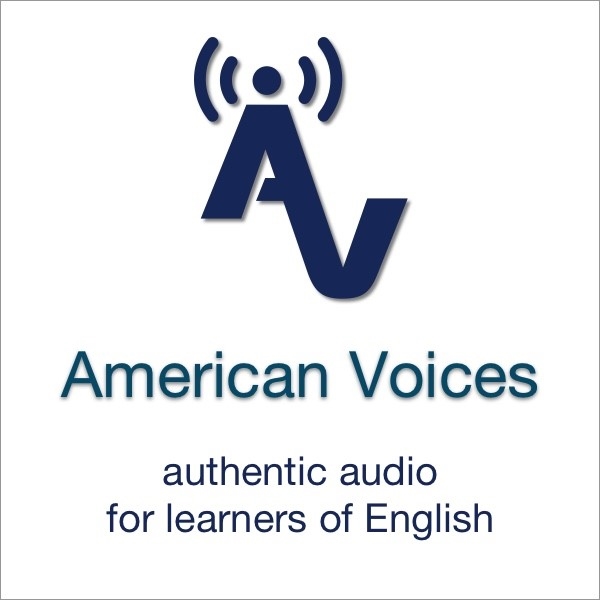Argentina 2
Listen to Argentina 2, a 34-year-old woman from Jujuy, Argentina. Click or tap the triangle-shaped play button to hear the subject.
Both as a courtesy and to comply with copyright law, please remember to credit IDEA for direct or indirect use of samples. IDEA is a free resource; please consider supporting us.
BIOGRAPHICAL INFORMATION
AGE: 34
DATE OF BIRTH (DD/MM/YYYY): 1967
PLACE OF BIRTH: Cordoba, Argentina
GENDER: female
ETHNICITY: Argentinian (exact ethnicity unknown)
OCCUPATION: teacher of Spanish and English as a second language
EDUCATION: BAE in English
AREA(S) OF RESIDENCE OUTSIDE REPRESENTATIVE REGION FOR LONGER THAN SIX MONTHS: N/A
OTHER INFLUENCES ON SPEECH:
The subject was born in Cordoba, where speech is influenced by Italians and Spaniards. At age 4, subject moved to Jujuy, in the northwest region of Argentina, where speech is influenced by Bolivians and indigenous Jujuy peoples. Subject studied English from the age of 7, then studied English at a private high school, where she received a diploma from Cambridge University.
The text used in our recordings of scripted speech can be found by clicking here.
RECORDED BY: Paul Meier
DATE OF RECORDING (DD/MM/YYYY): 03/05/2001
PHONETIC TRANSCRIPTION OF SCRIPTED SPEECH: N/A
TRANSCRIBED BY: N/A
DATE OF TRANSCRIPTION (DD/MM/YYYY): N/A
ORTHOGRAPHIC TRANSCRIPTION OF UNSCRIPTED SPEECH:
Well, I was born in Argentina in the central province of Cordoba; that is very close to Buenos Aires. It’s a Mediterranean place because it is surrounded by land. *And I lived there until I was *two or three years old; then my family and I moved to the northwest region of Argentina. And uh, well we’ve been living si … their since I was 4 years old, I guess. Um, the accents are really very different; I mean the accents in … the Argentine accents in these regions because in Cordoba the influence … the immigrant influence of Italians and people from Spain is really very strong. And on the other hand on the northwest region, where we live now, the influence is from the native *indigenous people from Bolivia and also from the people of Jujuy. So, um, the accents are really very, very distinctive. So I was raised in Jujuy and have lived there since that time. I attended primary and secondary school there and when I was *seven years old I started taking some English lessons. Just by, for fun because it was a group of neighbors, all little kids and there was someone that was retired and she wanted to teach English. And so we went there. And uh. since then I’ve been *starting to learn English. Of course that was really very informal and very, very for fun, that’s how I say it. Um, later on we, I started in a private school, that’s very popular in Argentina, having private schools for English where you ha, you take intensive lessons of English. And uh, I think, yeah, by 16, 7-, 16 years old, I got my royal certificate *diploma from Cambridge, but England. And uh, well, and then I took, I started my college studies, uh, as a teacher of English. So I took a BAE as a teacher of English. And well, I think I’ve, I’ve been speaking English for more than twenty years now. [Subject concludes with a prayer in Spanish] [* = vocal pause]
TRANSCRIBED BY: Darren Maloney
DATE OF TRANSCRIPTION (DD/MM/YYYY): 03/2005
PHONETIC TRANSCRIPTION OF UNSCRIPTED SPEECH: N/A
TRANSCRIBED BY: N/A
DATE OF TRANSCRIPTION (DD/MM/YYYY): N/A
SCHOLARLY COMMENTARY:
At the end of the recording, the subject speaks the following prayer in Spanish: “Dios te salve, Maria, llena eres de gracia. El Senor (*) Êes contigo. Bendita tu eres entre todas las mujeres y bendito es el fruto de tu vientre, Jesus. Santa Maria, Madre de Dios, ruega por nosotros pecadores, ahora y en la hora de nuestra muerte.”
* This word takes a palatal nasal consonant, which is written with a ~ above the n.
COMMENTARY BY: Darren Maloney
DATE OF COMMENTARY (DD/MM/YYYY): 03/2005
The archive provides:
- Recordings of accent/dialect speakers from the region you select.
- Text of the speakers’ biographical details.
- Scholarly commentary and analysis in some cases.
- In most cases, an orthographic transcription of the speakers’ unscripted speech. In a small number of cases, you will also find a narrow phonetic transcription of the sample (see Phonetic Transcriptions for a complete list). The recordings average four minutes in length and feature both the reading of one of two standard passages, and some unscripted speech. The two passages are Comma Gets a Cure (currently our standard passage) and The Rainbow Passage (used in our earliest recordings).
For instructional materials or coaching in the accents and dialects represented here, please go to Other Dialect Services.
 IDEA: International Dialects of English Archive
IDEA: International Dialects of English Archive





